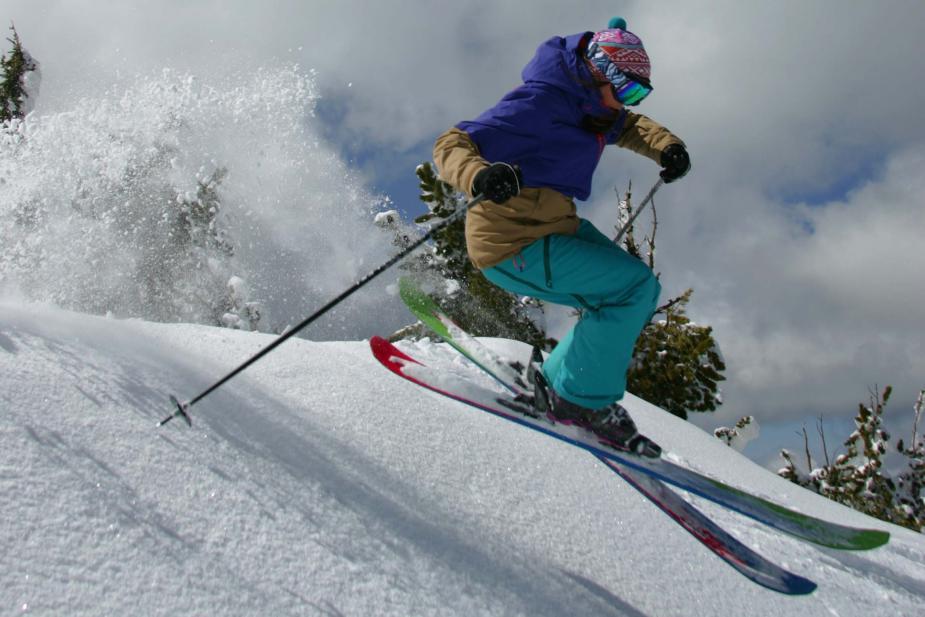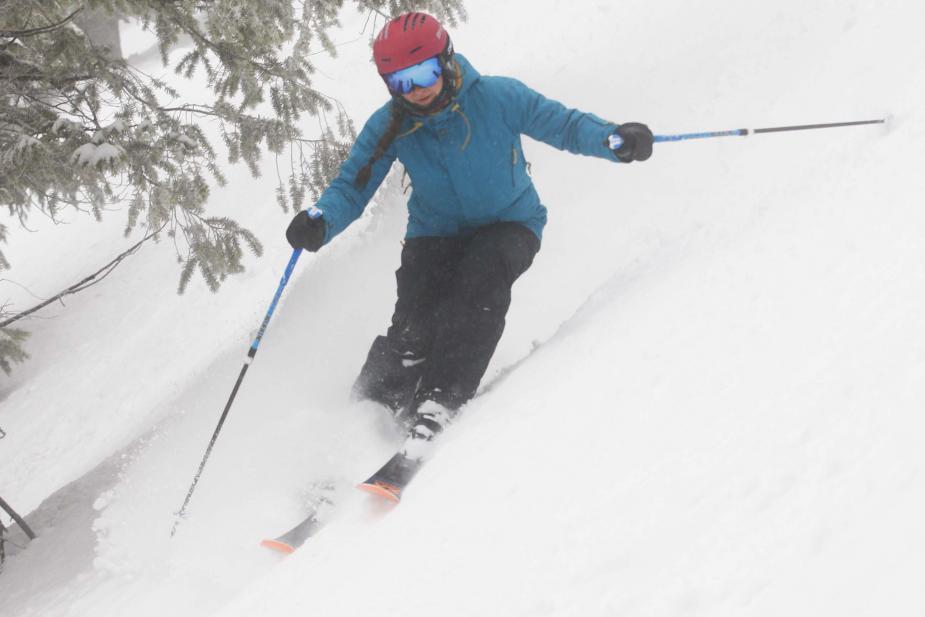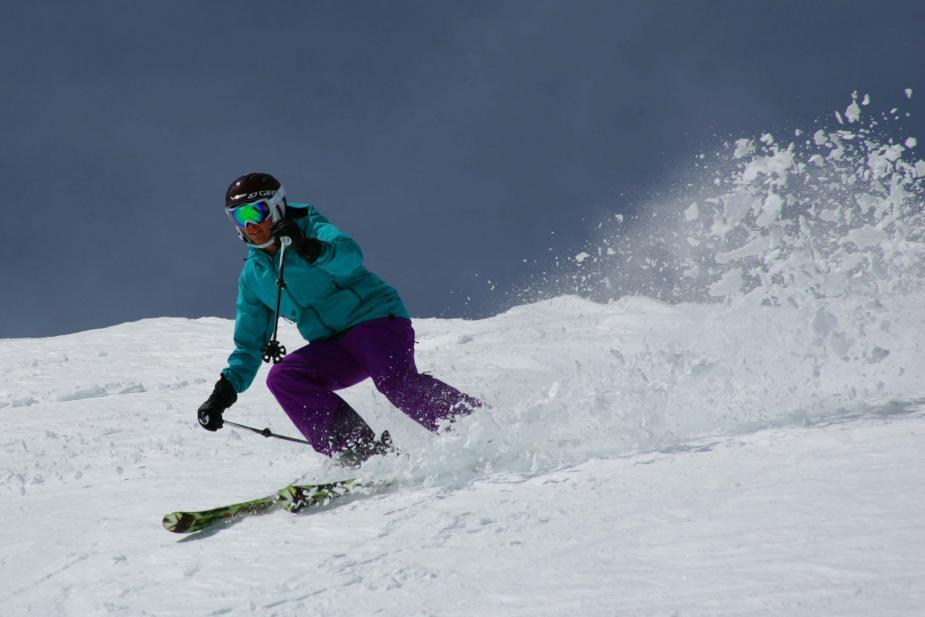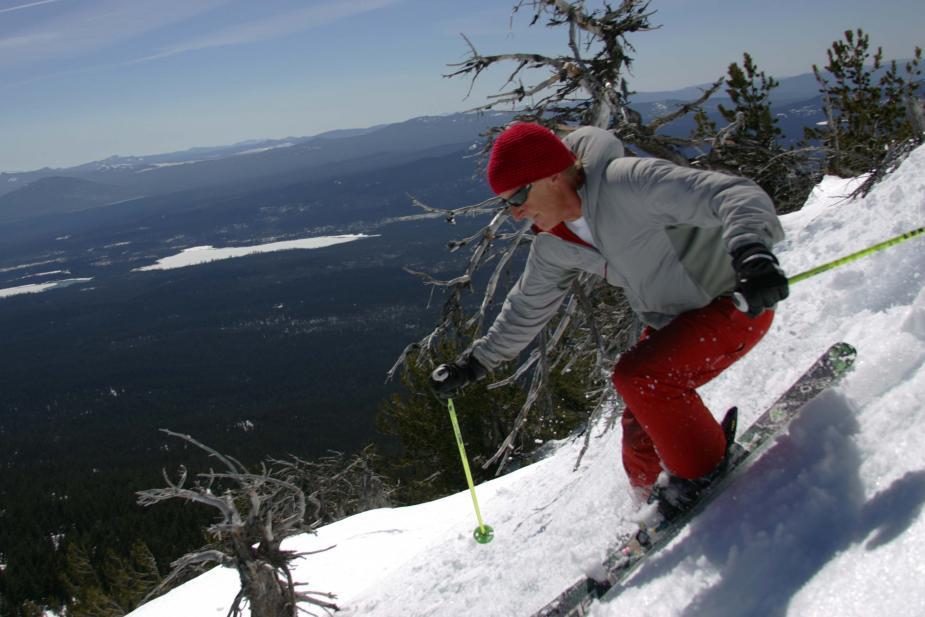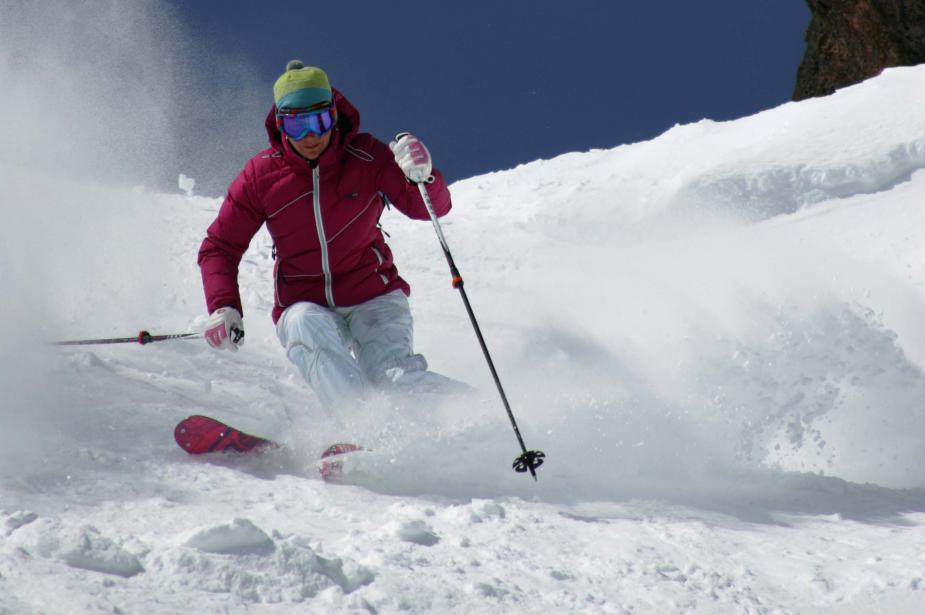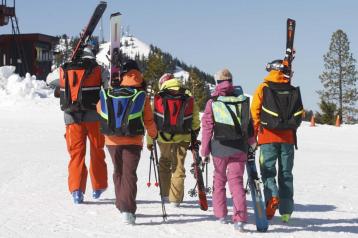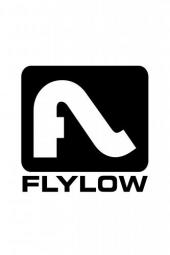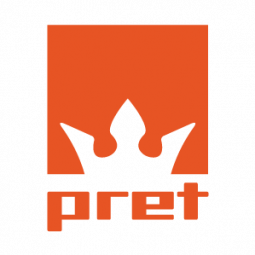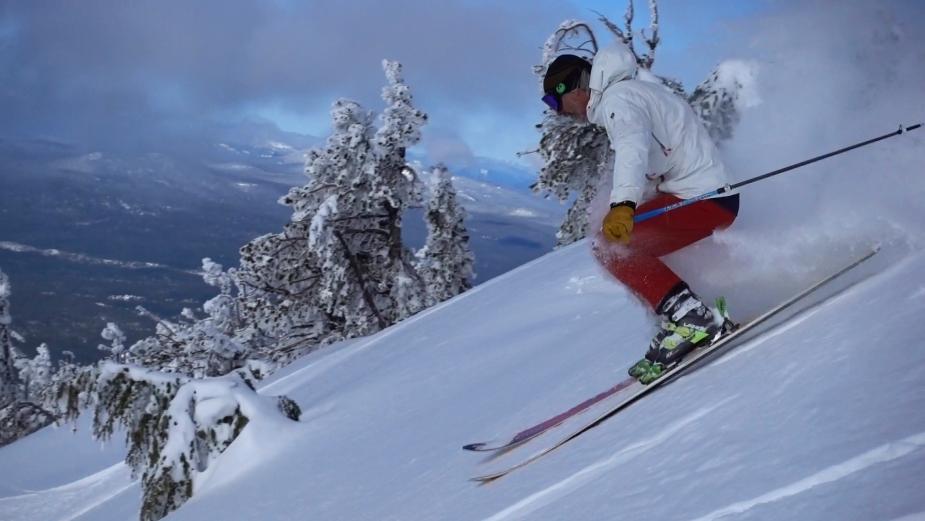
All-Mountain Traditional
It also offers the broadest variety of widths and stiffnesses with many options available in narrow, medium and wide lasts. There are also the most options available for women-specific models here. So, the most skiers, of the most shapes and sizes, from beginner to expert can find many boots to choose from in this category.
In terms of common design characteristics, this large group of boots offers both three-piece (aka cabrio) and overlap styles of boots and the vast majority of those are now offered with GripWalk soles as standard equipment. Alpine DIN soles (ISO 5355) are still found on All-Mountain Traditional boots but typically in replaceable styles with some level of grip and cushioning. The hardest and most-slippery of soles are now relegated to the Race-bred, piste-focused Frontside category.
The liner styles and construction types are also the most wide-ranging in the All-Mountain Traditional category, with tongue styles being most common but with options on spiral-wrapping style liners in three-piece shell models. Here, liners span a variety of stiffnesses and densities, depending on a boot’s performance level and while all of them offer some level of low-heat-moldability, the lightest weight, fully “thermo,” high-heat-moldable EVA or Ultralon liner styles are less common here than they are in the more uphill-oriented All-Mountain Freeride and Backcountry categories.
While light weight overall is not a primary criterion of the All-Mountain Traditional group, many brands offer somewhat lightened shell designs by way of thinner shell wall thicknesses incorporated into more traditional polyurethane plastic or through the use of lighter weight plastics employed primarily in the upper cuff. Less-dense, lower grade plastics are found in this category’s least expensive, “price-point” models.
